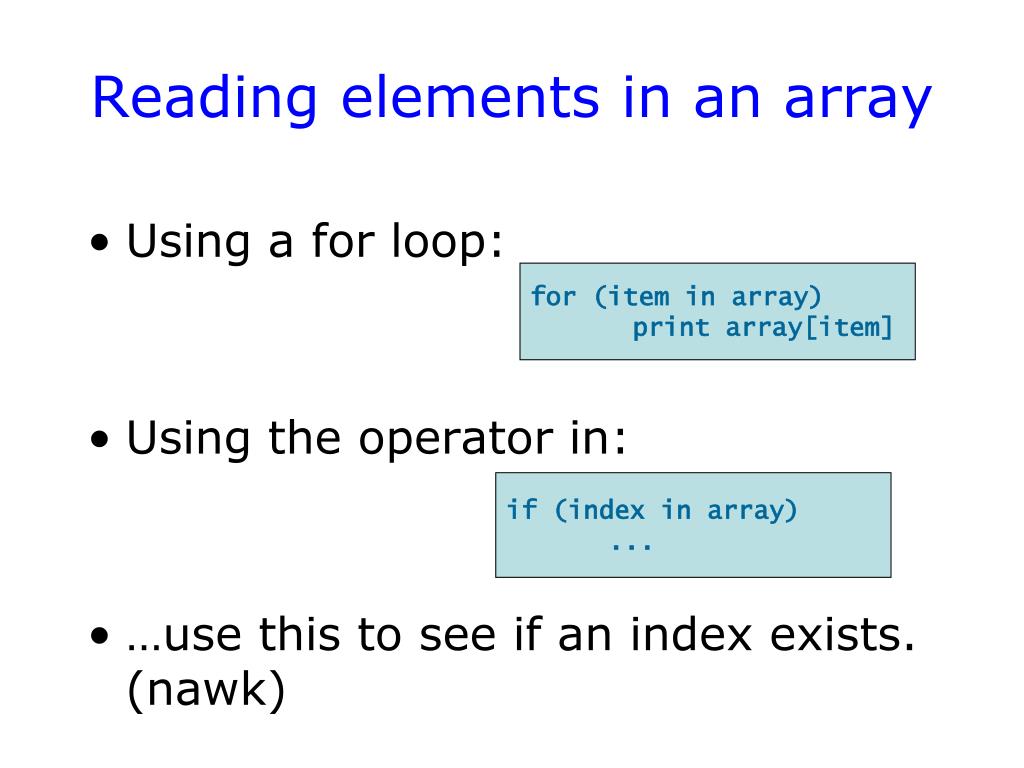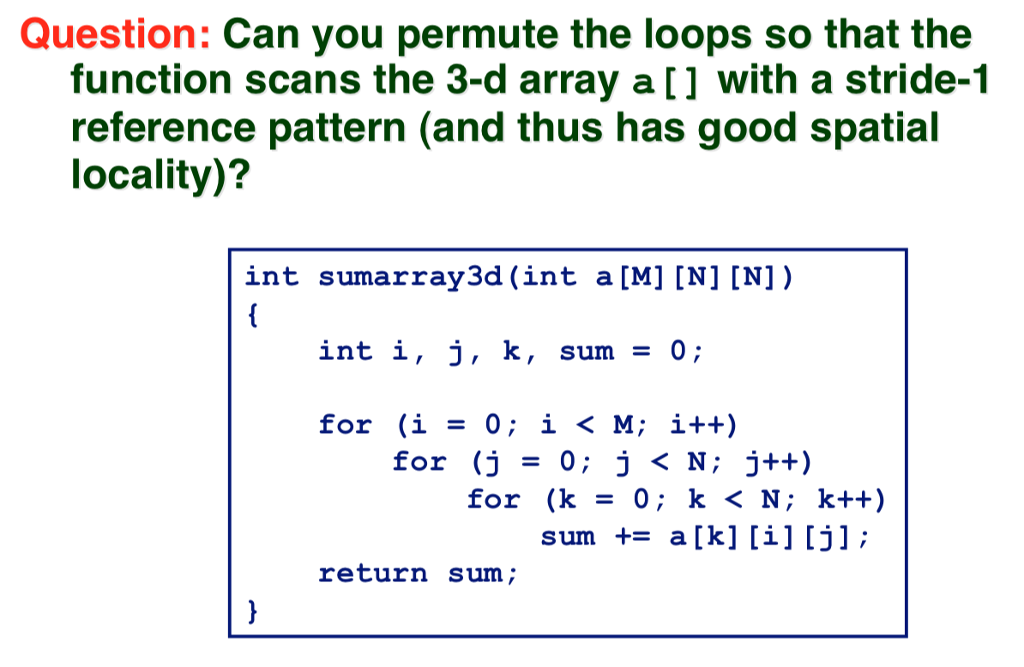

The ordering function would look at the last name first.

There would be two fields, first name and last name. For example, suppose we had an array of structures representing peoples’ names. If a set of functions is given instead of the usual >, <, and = operators (or overridden in object-oriented languages), the array can be an arbitrary object. We can define these functions in any way appropriate for the data type. The key to establishing lexicographic order is the definition of a set of ordering functions (such as, , and ). Lexicographic order is a generalization of, for instance, alphabetic order. In each iteration, the algorithm will produce all the permutations that end with the current last element. If is even, then swap the th element (in the loop).If is odd, swap the first and last element.

While looping over the n-1 elements, there is a (mystical) step to the algorithm that depends on whether is odd or even. Then the (n-1)! permutations of the first n-1 elements are adjoined to this last element.

The algorithm basically generates all the permutations that end with the last element. The principle of Heap’s algorithm is decrease and conquer. We see that the advantage of this algorithm, as opposed to the previous algorithm, is that we use less memory. This method is a systematic algorithm, which at each step chooses a pair of elements to switch in order to generate new permutations. It produces every possible permutation of these elements exactly once. This algorithm is based on swapping elements to generate the permutations. One of the more traditional and effective algorithms used to generate permutations is the method developed by B. We have to rely on other methods of finding a password, such as guessing the owner’s dog’s name or “qwerty.” 2.3. It would take us several lifetimes of the universe to try to figure out the key. For instance, the standard 256-encryption key has 1.1 x 10 77 combinations of zeros and ones. For example, if we were to write a program to generate these permutations recursively (see below), we would quickly run out of memory space.Īlthough this is bad news for those of us who want to generate all the possible permutations, it is good news for encryption. Even if we could find a dealer in Las Vegas who could shuffle the cards once every nanosecond, he would still not even come close to all the possible combinations before the end of the universe.įurthermore, the amount of time it takes us to generate all permutations is not our only limitation. (The output format depends on the value of the variable, but generally it prints it quoted and/or shows special characters with backslash-escapes.The age of the universe is approximately 10 13.813 years old. printf "\n" "$INPUT" to see the variable contents in an unambiguous format. But depending on where they come from, you might have extra whitespace within them, or something else that is hard to see. The second if you wrote ( if ) is correct, and would run the main branch of the if, if the two variables indeed contain the same data. So, indeed, you must quote all variables within to prevent that. You would get the "too many arguments" if the variables contain whitespace, which would cause the unquoted expansions to split to multiple words.


 0 kommentar(er)
0 kommentar(er)
